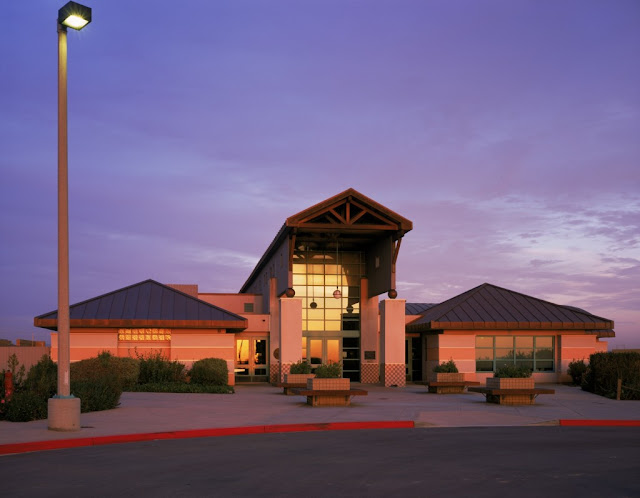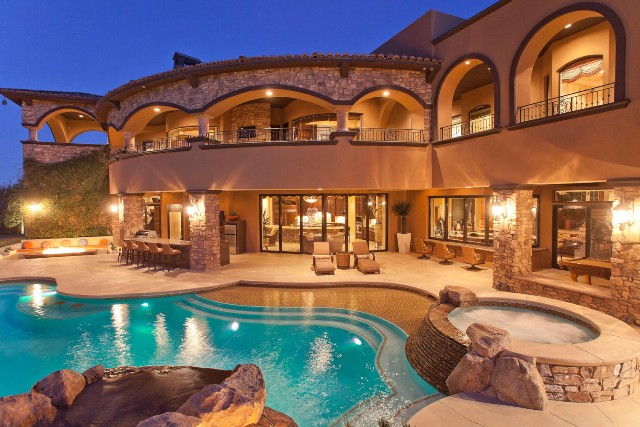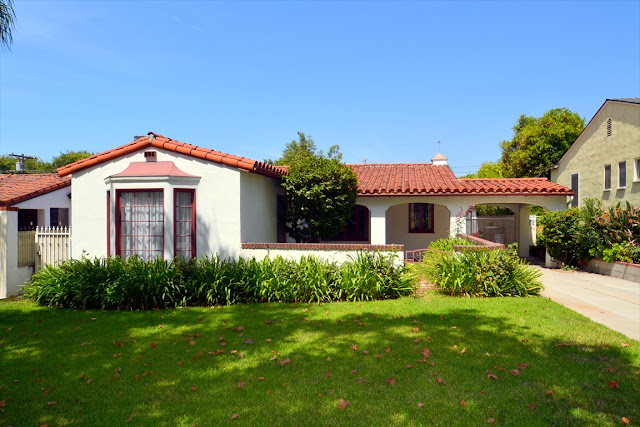Heritage And Urban DESIGN (The Future of The Past) Page 8
THE FUTURE OF THE PAST
In most Asian Cultures, the idea of simply keeping an old building or parts of old urban fabric, simply because they are old, would not be thought to be at all reasonable. From this viewpoint, every building, city, or city quarter, has an indestructible soul - a permanent reality that can survive any number of renewals and rebuilding and still remain intact. In the case of most revered ancient monuments and temples, entire structures may be destroyed and rebuilt from the ground up without losing any cultural or social significance.
Historic spaces of a city are valuable for their contribution to the setting and disposition of the enclosing buildings. They are also important for creating a sense of place and providing a vehicle for memory-imagine the Taj Mahal as a traffic island surrounded by high-rise offices. Responsibility for the care of these spaces and sustaining a sense of place is borne by no single discipline. All must be Committed to stewardship and contribute to securing duality. The management of the historic environment requires a special degree of sensitivity and understanding. In providing this, the urban design discipline takes on an important role. It becomes more of a way of thinking, applicable to all disciplines and especially architecture, town planning and infrastructure engineering.
The re-emerging giants of Asia have a wealth of historicity that can be severely and permanently damaged if these issues are not taken up immediately and addressed in the government policies. This is even more critical in these times of frantic economic growth (in these parts of the world) where the desire to create advantageous business environments can often result in negligence in this regard.
(Continues...)




Comments
Post a Comment